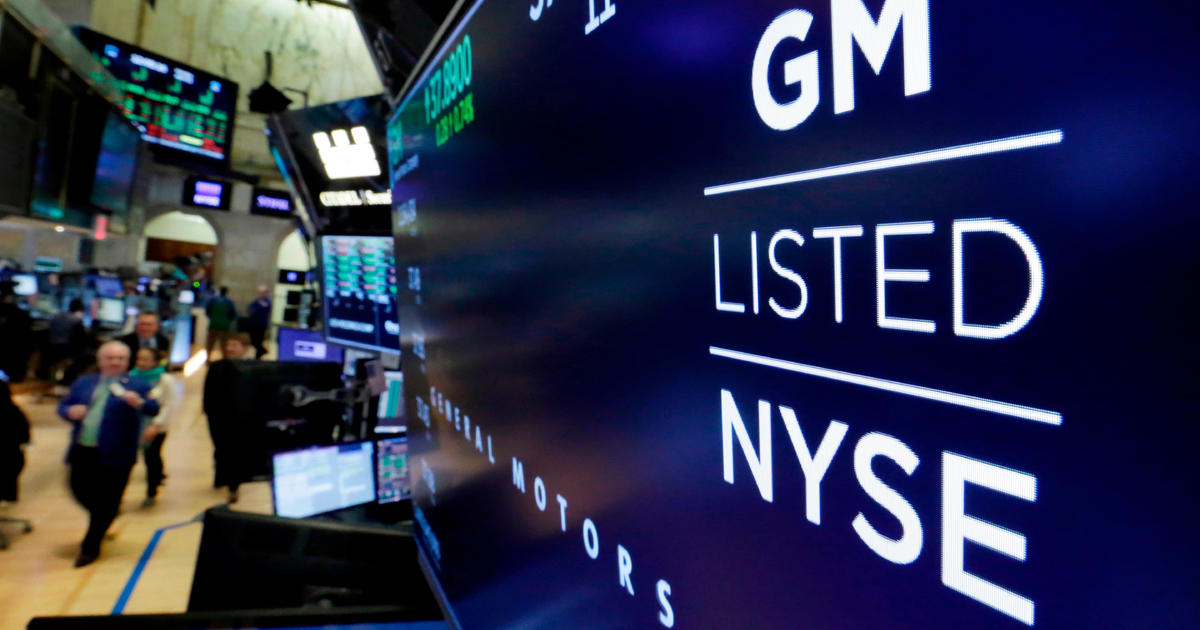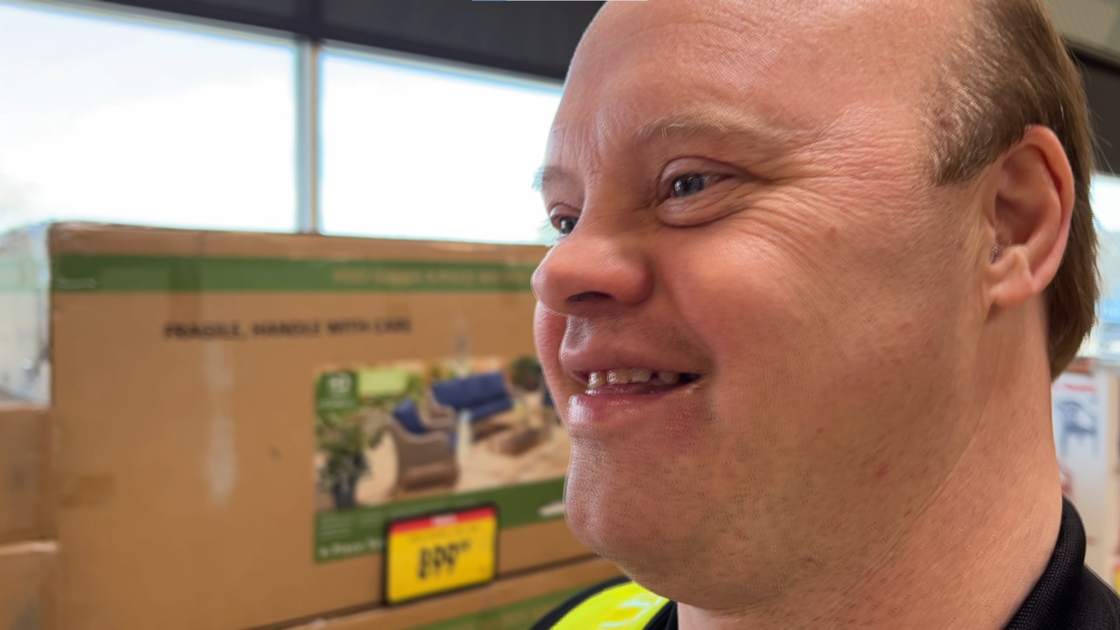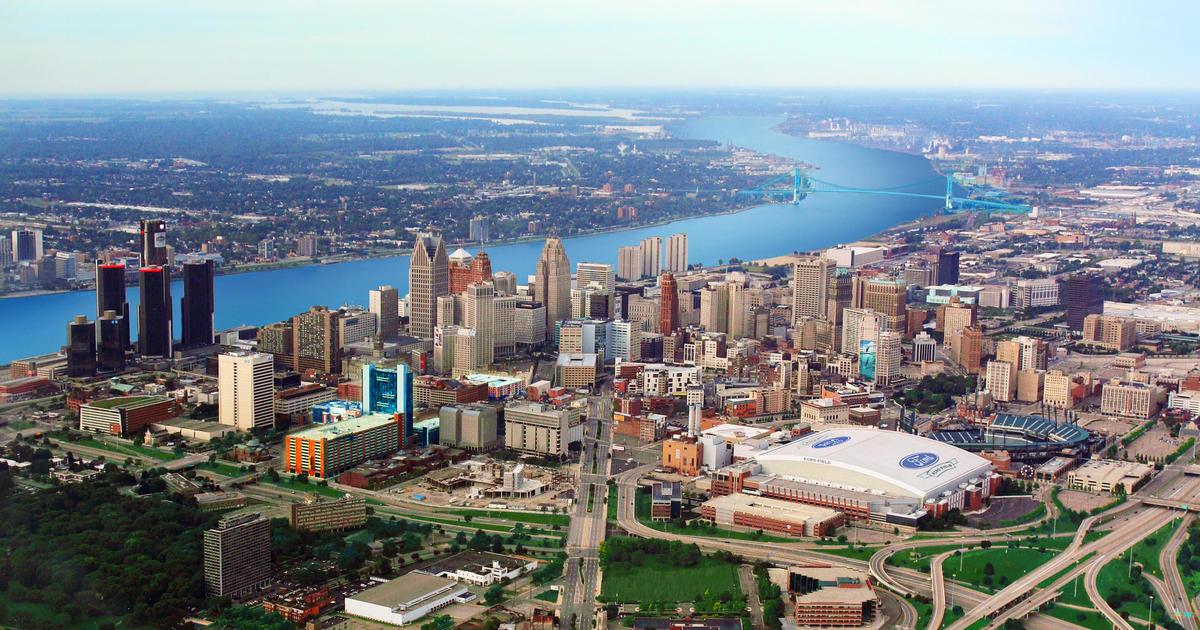Contact Center Customer Satisfaction Leads to Increased Recommendation and Likelihood to Purchase, ForeSee Shows
ANN ARBOR -- ForeSee Thursday released its annual Contact Center Benchmark, which reports on customer satisfaction and allows companies to determine how their contact center experience compares to industry averages.
ForeSee, the leader in technology-driven customer experience analytics, developed this benchmark with data from nearly 50,000 surveys in which customers shared their experiences with contact centers.
Overall, the average customer satisfaction score for contact centers is 80 on ForeSee's 100-point scale. This score represents a measurement against which companies can benchmark their own contact center customer satisfaction. With ForeSee's methodology, scores of 80 and higher are classified as "highly satisfied," while scores of 69 and lower are labeled "dissatisfied." This industry average score of 80 indicates that consumers are highly satisfied with their contact center experience, but there is room for improvement across the industry.
"Keeping a pulse on consumers' experiences with the contact center is critical to an organization's success across all channels," said Eric Head, ForeSee's senior director of sales. "By measuring satisfaction correctly, a company is able to gain actionable measurements that allow them to identify areas for improvement while simultaneously using the predictive quality to project future success."
As a pioneer in customer experience analytics, ForeSee's technology is founded on a scientific methodology that has demonstrated a strong relationship between customer satisfaction and a company's financial future. Essentially, when customer satisfaction is scientifically measured, it can be used to predict key outcomes such as future purchases, recommendations and loyalty.
"By working with ForeSee to closely evaluate our customers' contact center experience, we now have the tools to empower our agents with the information they need to make each customer engagement as satisfactory as possible," said Chuck DeLuca, supervisor of customer relations at Nikon. "As a result, we have seen the number of multiple calls to the contact center decrease, as our customers' issues and concerns are addressed directly and more efficiently."
Scores for individual companies included in the benchmark range from a low of 61 to a high of 94 -- a fairly large range that has implications for the future of their customer relationships. Some companies are well-loved for the contact center experiences they provide, while others are strongly disliked.
One reason for the disparity in satisfaction is a result of the primary objective of the contact center. When ForeSee isolated scores for service-focused call centers only, satisfaction came in at 76. This comes as no surprise since a large proportion of customers contacting a service-oriented center are likely calling with a problem and may already be frustrated.
"While ForeSee enables us to create a better contact center experience, the measurement has also led to numerous efforts throughout the organization to increase satisfaction across all channels," said Paulette Marino, manager of corporate research at JEA. "By learning our customers' pain points in the contact center, we have adjusted the content on our website and are implementing new email initiatives designed to save our customers the inconvenience of making unnecessary phone calls."
ForeSee's benchmark provides insights into the value of a highly satisfied customer (satisfaction at 80 or higher) by comparing their likely future behaviors to those of less-satisfied customers (with satisfaction below 70). This comparison illustrates the impact that customer satisfaction with contact center experiences can have on a company's future success.
Based on likelihood scores, highly satisfied customers report being:
* 182 percent more likely than less-satisfied customers to make contact again, which can mean higher frequency of interaction, improved engagement and increased share of mind and wallet.
* 149 percent more likely than less-satisfied customers to purchase next time, which can mean increased sales.
* 180 percent more likely than less-satisfied customers to recommend the company to a friend, family member or colleague, which can translate to more business.
"While the contact center tends to be the last resort for customers to engage with a company, it is in a way the company's last line of defense for securing and maintaining a customer's loyalty and relationship," said Larry Freed, CEO of ForeSee. "Our research consistently demonstrates the powerful effect of customer satisfaction as we work with organizations that carefully measure and hone their contact center strategies to increase satisfaction."
More at www.ForeSeeResults.com.



